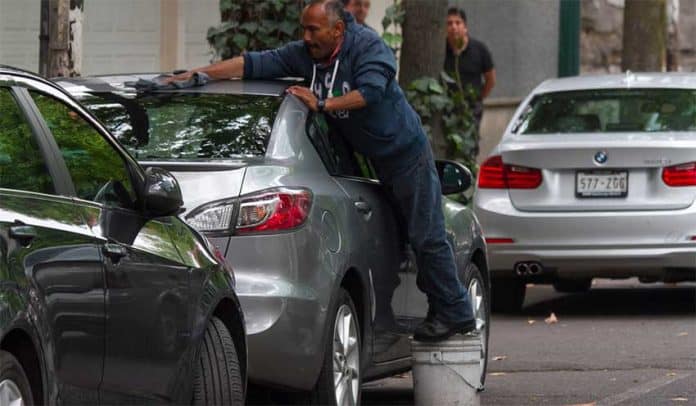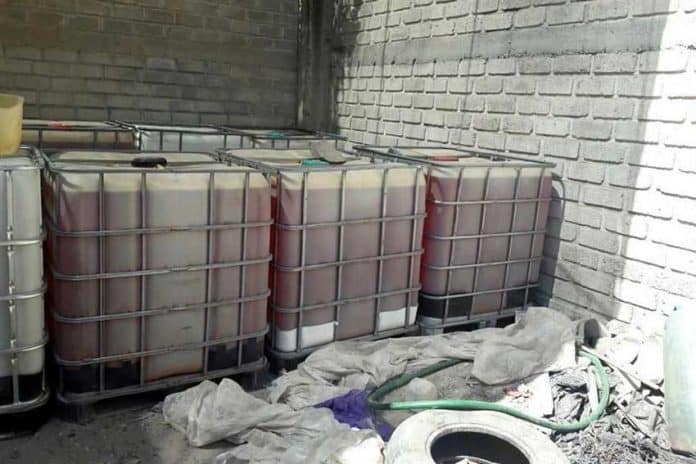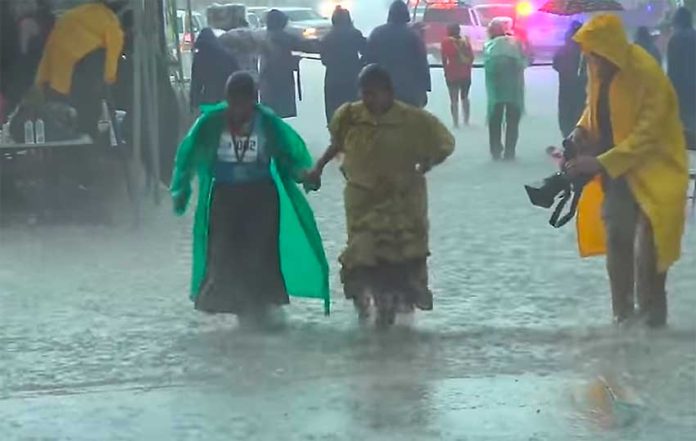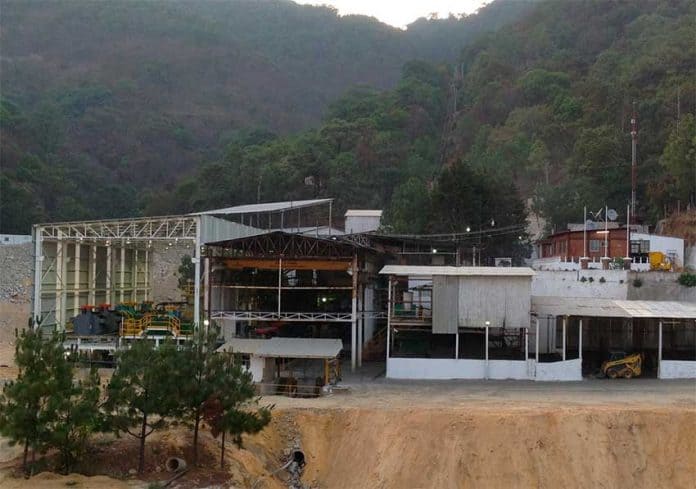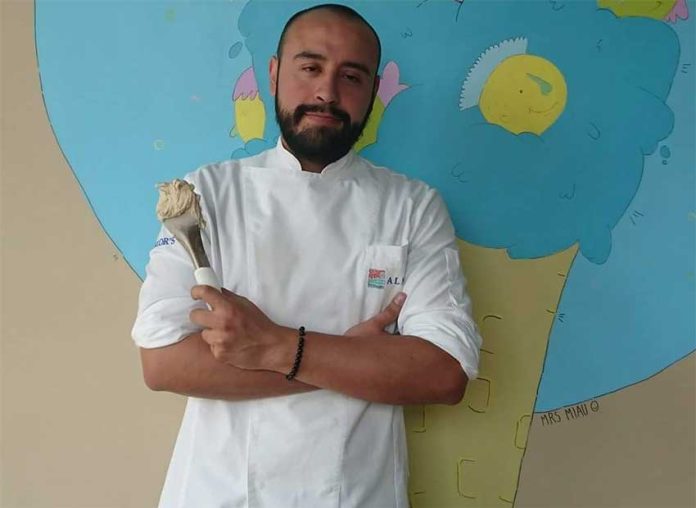The persistent misallocation of resources is the main reason why productivity in Mexico has stagnated and, in turn, why economic growth has been disappointingly low, according to a new book published by the Inter-American Development Bank (IDB).
People working outside their field of expertise, such as an engineer driving a taxi, are representative of how that misallocation plays out in the real world, contends Under-Rewarded Efforts: The Elusive Quest for Prosperity in Mexico.
The survival of unproductive businesses because they receive government support while more productive ones that are left to their own devices consequently fail in the longer term also serve as an example of what happens when government funds are improperly used, author Santiago Levy charges.
Over the past 20 years, growth per capita in Mexico has been slower than that of any other country in the region apart from Venezuela despite Mexico integrating itself in the global economy through trade agreements and exporting more manufactured goods than the rest of Latin America combined, Levy told the Financial Times.
“It’s a real paradox . . . All the things you expect economies to do, Mexico has done, yet its performance has been very, very disappointing. The reason is at a micro level,” he said.
A vice-president at IDB and a deputy finance secretary in the Mexican government between 1994 and 2000, Levy says that the answer to the economic malaise is to address tax, labor and social insurance rules that hold back productivity and undermine higher levels of investment in education.
“More of the same will not do.”
He is especially critical of the high prevalence of businesses that operate in Mexico’s vast informal sector and charges that governments have encouraged their presence by paying social insurance contributions for unsalaried workers whereas large, formal businesses have to pay contributions for their employees themselves.
In 2013, informal sector enterprises made up 90% of all businesses in the Mexican economy and absorbed more than 40% of capital stock and 55% of all employment.
The problem with that situation is emphasized by the fact that businesses that pay their workers set salaries are between 40% and 80% more productive than those that don’t, Levy wrote.
By offering incentives to small businesses that are less productive, the productivity of the entire country is held back and the increased investment in education that yields higher-skilled workers is wasted.
“Under misallocation some low-productivity firms attract more capital and labor than they should, while more productive ones fail to receive sufficient resources,” Levy wrote.
“What Mexican workers need most are productive firms that can offer them stable jobs where they can take advantage of the education that they have invested in, and where they can learn on the job and increase their earnings over their lifetime.”
The author argues that policies that are specifically designed to help small companies that employ unsalaried workers are the result of the poor management and functioning of Mexico’s key institutions.
“Some of the policies and institutions that generate misallocation in Mexico have been part and parcel of the country’s landscape for decades, and have not been the subject of systematic reform efforts,” he wrote.
Levy is also critical of the efficacy of Mexico’s value-added tax (IVA) as an instrument of redistribution of income and wealth, charging that the sector of the economy that is most productive is highly taxed whereas the low-productivity segment is heavily subsidized.
Corruption and impunity stemming from a prevailing weak rule of law are other factors that have resulted in the misallocation of resources.
While president-elect Andrés Manuel López Obrador has pledged to stamp out corruption and put an end to impunity, Levy believes that the prudent economic management the incoming government has been at pains to stress it will implement won’t change the status quo of sluggish growth.
“Respect for the central bank’s autonomy, continued flexibility of the exchange rate, a commitment to low inflation and prudent fiscal management . . . won’t make Mexico grow. It will just make sure Mexico won’t get any worse,” he said.
In the book’s conclusion, Levy wrote that the “most effective route to raise productivity and accelerate growth in Mexico is to reform the main policies and institutions that stand behind misallocation.”
Among the measures he proposed are that government-funded social insurance “should be provided to all workers with equal scope and quality” and that severance pay regulations should be replaced with “proper unemployment insurance.”
Levy also said that all exemptions to the IVA should be eliminated and that the autonomy of judicial institutions in charge of contract enforcement should be increased.
Source: Animal Político (sp), Financial Times (en)
